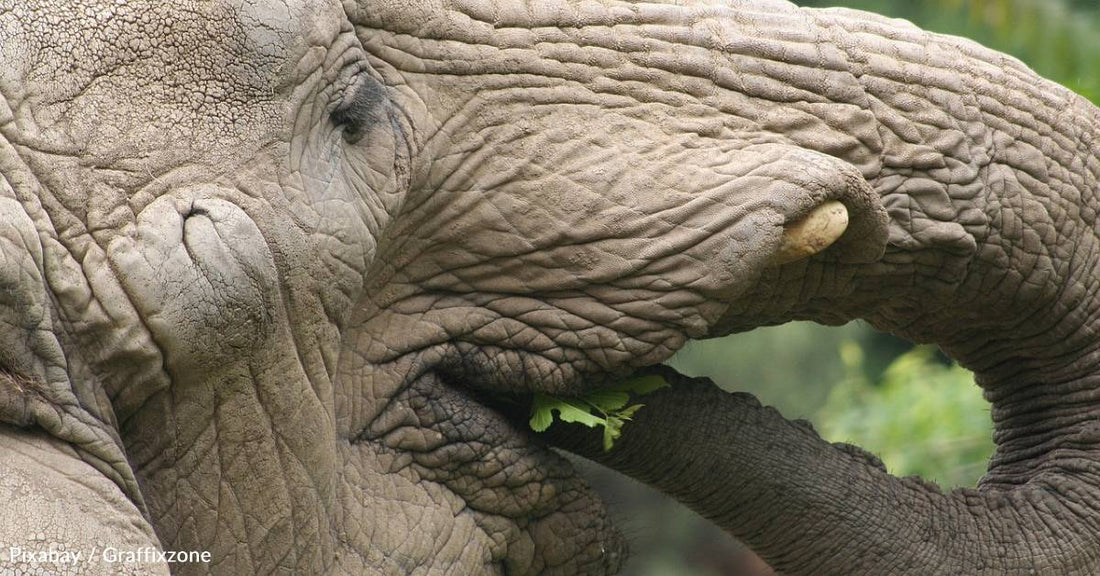Why Do Animals Evolve to Become Herbivores? New Research May Have Some Answers
Michelle Milliken
Pixabay / Graffixzone
When a person makes the decision to switch to a plant-based diet, it may be for health reasons, their values, or just curiosity. How do species across the animal kingdom end up with this diet, though? A new study aimed to answer that question.
Research recently published in the journal Global Ecology and Biogeography looked at factors like body temperature, size, and daytime or nighttime activity to see why certain groups of tetrapods have evolved to become herbivores. Tetrapods are four-limbed land vertebrates and include mammals, birds, reptiles, and amphibians. The team says prior research looked into whether diet influenced body temperature in animals, so one thing they decided to look at was whether the reverse may be true.

John Wiens, the study’s senior author and professor of ecology and evolutionary biology at the University of Arizona, conducted research in the past that found about 63% of species are carnivores, 32% herbivores, and 3% omnivores, with the first animal likely a carnivore.
This current set of research showed that herbivorous groups have only been around for a little less than 110 million years, compared with tetrapods as a whole, which appeared on the scene about 350 million years ago. The study, which looked at data from dozens of past studies, indicated that descendants of the original carnivorous ancestor shifted into omnivorous and herbivorous diets but didn’t necessarily remain that way, sometimes shifting back and forth.
Wiens explains, "Once it evolves, it doesn't necessarily stick around very long. It's possible that some of the groups that are herbivores today will evolve species that feed on animals again."

After looking at more than 1,700 species, the team says body temperature seems to be the biggest driver behind the shift, as animals with a high body temperature are more apt to evolve to be herbivores, across the major land animal groups
Lead author Kristen Saban, who was a University of Arizona sophomore majoring in ecology and evolutionary biology when the study began, says, "What we found was that body temperature is somewhat of a requirement to evolve an herbivorous diet. We really didn't see any herbivores that don't have a high body temperature. Typically, the body temperature was more than 86 degrees Fahrenheit.”
There are a few possible theories as to why body temperature and diet may be linked. One is that a high body temperature may be necessary to support the gut bacteria that break down cellulose, the main component in plant cell walls, or that gut bacteria may have other secrets that better explain this evolution.
The team says their findings provide some avenues for future research on the topic.

Michelle has a journalism degree and has spent more than seven years working in broadcast news. She's also been known to write some silly stuff for humor websites. When she's not writing, she's probably getting lost in nature, with a fully-stocked backpack, of course.




















